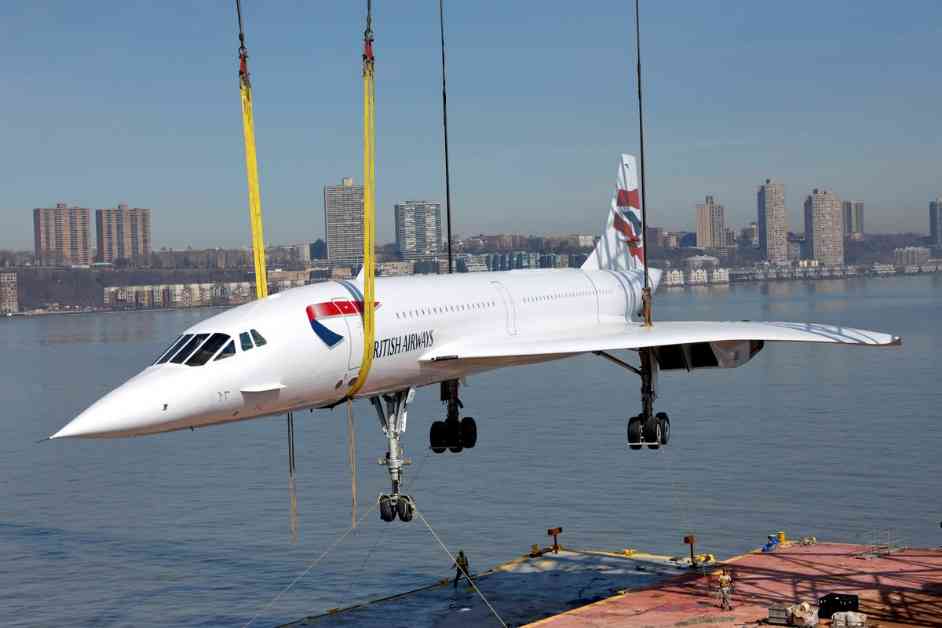Lawmakers are pushing to legalize emissions-heavy ‘supersonic’ planes in the United States, with a bill aiming to overturn the ban on supersonic flights over the country. This move could potentially increase the demand for these gas-guzzling jets from around a dozen to as many as 240. The Concorde, which was last in commercial operation in 2003, may see a resurgence as companies like United Airlines and others invest in the planemaking startup Boom Supersonic.
Who’s Behind the Push
The “Supersonic Aviation Modernization Act” is being championed by lawmakers on both sides of the Capitol, including Sen. Ted Budd (R-N.C.) and Rep. Troy Nehls (R-Texas). This legislation could pave the way for Boom Supersonic, a startup backed by United Airlines, Japan Airlines, and billionaire CEO Sam Altman. The goal is to bring back commercial supersonic flights, a market that has been dormant since the retirement of the Concorde nearly two decades ago.
What the Bill Entails
The bill calls for the Federal Aviation Administration to revise a 1973 regulation that prohibits civilian supersonic flights over the U.S. within a year of the bill’s passage. This would allow for supersonic flights at speeds greater than Mach 1, as long as no sonic booms reach the ground. Proponents of the bill argue that supersonic flight without the disruptive sonic boom should be permitted, opening up opportunities for faster travel and maintaining American leadership in aviation.
The Environmental Impact
Although Boom Supersonic is designing its engines to run on sustainable aviation fuel, the environmental implications of legalizing supersonic flights are concerning. These jets could consume at least double the fuel per passenger compared to current commercial airplanes. While the company has reported deals with airlines to produce 130 planes, the increased demand for these gas-guzzling jets could pose a significant challenge in terms of emissions and sustainability. Operating supersonic jets with sustainable aviation fuel may prove uneconomical for most airlines due to the higher costs and increased fuel consumption required to break the sound barrier.
In Conclusion
The push to legalize supersonic flights in the U.S. comes at a time when technological advancements are making quieter supersonic travel a possibility. With NASA testing a supersonic jet that produces sonic “thumps” instead of booms and the United Nations working on new noise standards, the landscape of aviation is evolving. However, the environmental impact of this shift cannot be overlooked, raising questions about the balance between technological progress and sustainability in the aviation industry.










